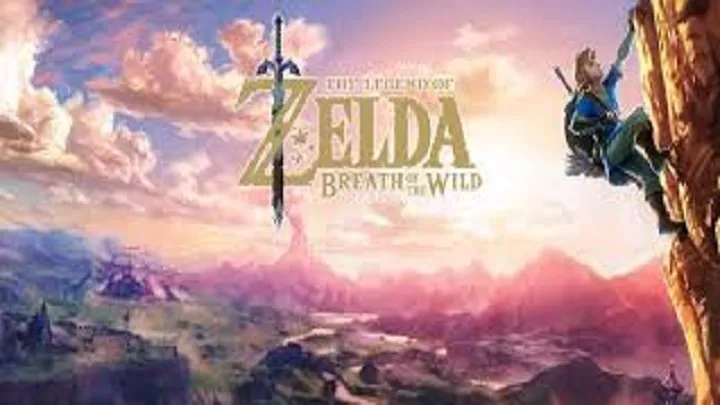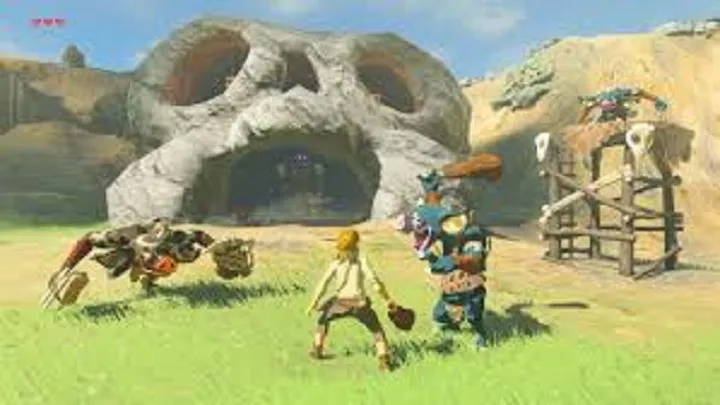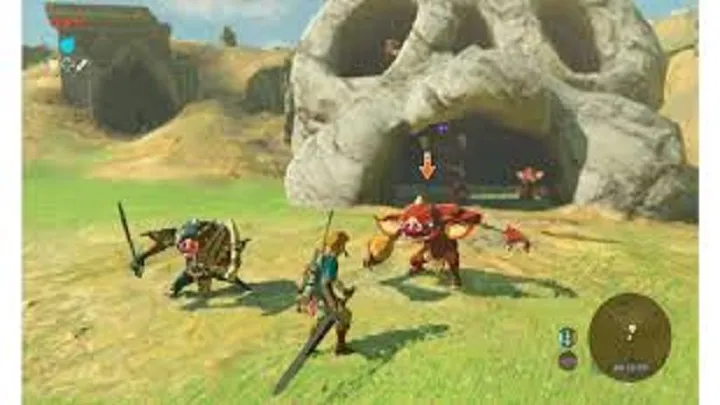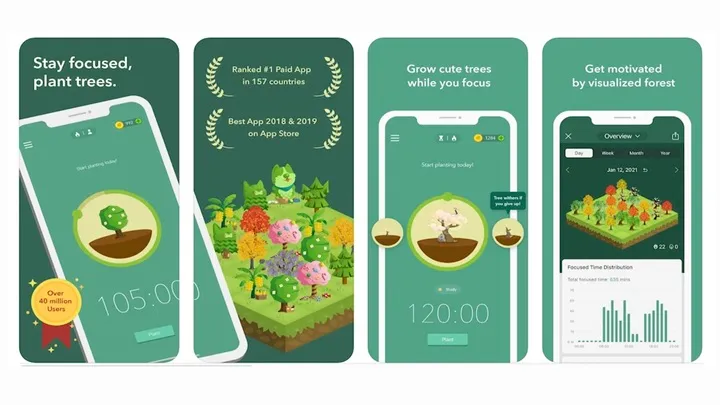The Legend of Zelda: Breath of the Wild is one of the most groundbreaking adventure games of modern gaming. Released for the Nintendo Switch and Wii U, it redefined what an open-world game could be by giving players unmatched freedom to explore, experiment, and shape their own journey. Unlike many traditional Zelda titles, this installment breaks away from linear storytelling and instead allows creativity and curiosity to guide every step.

A World Full of Freedom
From the moment Link awakens in the Shrine of Resurrection, players are given almost no restrictions. You can climb mountains, swim across rivers, glide over valleys, or simply walk off into the distance without being told what to do first. This sense of freedom is the heart of the game, and it makes every player’s journey feel unique.
Dynamic Exploration
Exploring Hyrule is more than just traveling from one location to another. The world is alive with changing weather, day-night cycles, wildlife, and hidden secrets. Rain might make cliffs slippery, forcing you to rethink your approach, while lightning storms can punish you for carrying metal weapons. These environmental interactions make exploration dynamic and full of surprises.
Shrines and Puzzles
Instead of traditional Zelda dungeons, Breath of the Wild offers over 100 Shrines scattered across the map. Each shrine is a puzzle, a test of combat, or a challenge of clever mechanics. Completing them rewards you with Spirit Orbs that improve Link’s health and stamina, ensuring a constant sense of progress and reward.
Combat and Creativity
Combat in the game is both challenging and flexible. Weapons break over time, forcing players to adapt and experiment with different fighting styles. You can sneak past enemies, use physics to your advantage, or rain down destruction with bombs and arrows. The Sheikah Slate abilities—such as Magnesis, Stasis, and Cryonis—add layers of creativity to every encounter.
Survival Elements
Breath of the Wild also includes survival mechanics. Cooking food and elixirs is essential for healing and boosting abilities, while hunting, gathering, and experimenting with ingredients becomes part of the adventure. These systems encourage exploration and experimentation rather than just following a set path.

A Story of Courage and Memory
The narrative focuses on Link’s quest to defeat Calamity Ganon and restore peace to Hyrule. However, much of the story is uncovered through memories scattered across the land. This fragmented storytelling style allows players to piece together the lore at their own pace, making discovery part of the experience.
Visual Beauty and Music
The art style combines cel-shaded visuals with naturalistic landscapes, creating a timeless look that feels both colorful and epic. The soundtrack is subtle yet powerful, often using silence and environmental sounds to enhance immersion. When music swells during battles or exploration, it creates unforgettable moments.

Pros and Cons
Pros:
- Unmatched freedom and exploration
- Creative combat and puzzle-solving
- Beautiful art direction and immersive world
- Deep survival and crafting systems
Cons:
- Weapon durability can frustrate some players
- Storytelling is less direct than past Zelda games
- Performance drops in certain areas on Switch
Conclusion
The Legend of Zelda: Breath of the Wild is more than just a game—it is an adventure that redefines how players interact with open worlds. Its balance of exploration, creativity, and discovery ensures that no two journeys feel the same. Whether you climb mountains just to see what’s on the other side, glide through valleys, or face powerful foes, the game offers endless opportunities for wonder and challenge. Breath of the Wild isn’t just a milestone for Zelda fans; it is a masterpiece that will inspire open-world design for years to come.

















